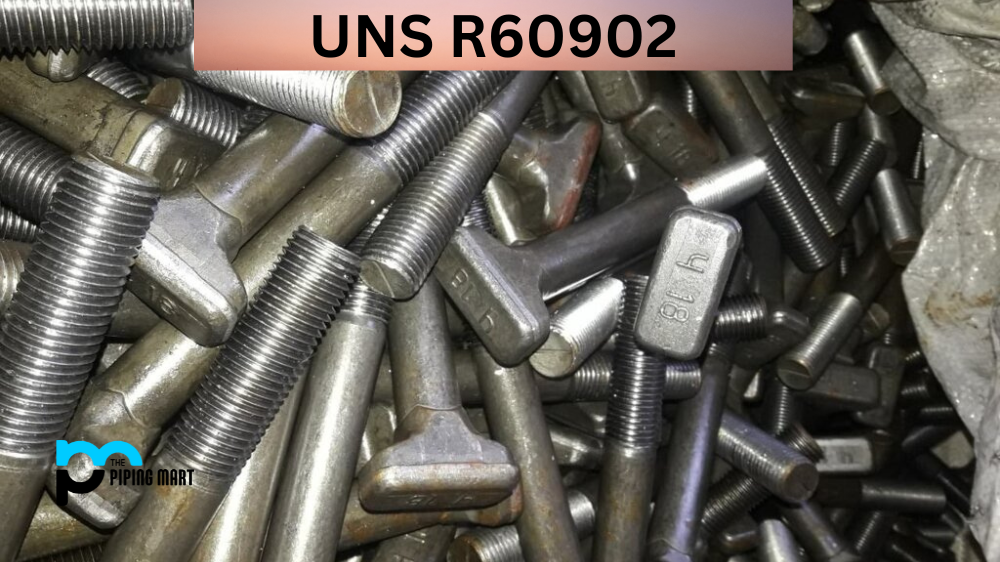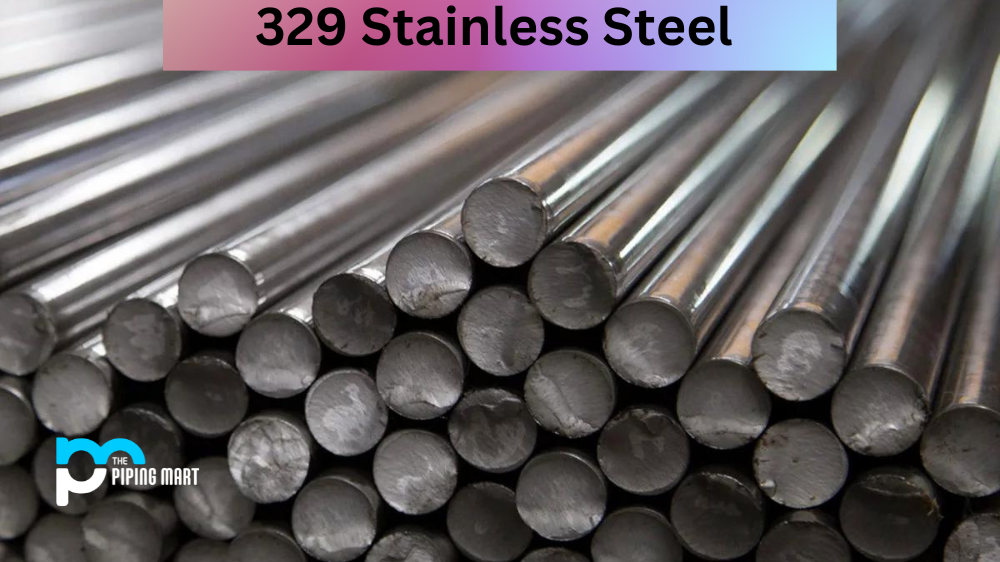Monel 450 is a nickel-copper alloy with excellent corrosion resistance, strength and toughness, and weldability. It has superior mechanical properties at both low and high temperatures, and its unique composition makes it suitable for a wide range of applications in the oil and gas industry. This blog post will look at the composition, chemical properties, mechanical properties, physical properties, uses, corrosion resistance, heat resistance, heat treatment, machining, and welding of Monel 450.
Monel 450 Composition
Monel 450 is composed of 58% nickel and 42% copper with traces of iron. It also contains small amounts of manganese and silicon which gives it superior strength and ductility compared to other alloys in the same class. The addition of molybdenum increases its corrosion resistance even further.
| The Chemical Composition of Alloy 450/ Monel 450, % | |
|---|---|
| Ni | 29.0-33.0 |
| Cu | Balance |
| Fe | 0.4-1.0 |
| Mn | ≤1.0 |
| S | ≤0.020 |
| Zn | ≤1.0 |
| Pb | ≤0.05 |
| P | ≤0.020 |
Monel 450 Chemical Properties
Alloy 450 is highly resistant to oxidation in the air up to 1400°F (760°C). It also has excellent acid resistance in neutral and oxidizing environments and excellent chloride stress corrosion cracking resistance. It can be used with most organic acids, such as acetic and formic acids.
Monel 450 Mechanical Properties
Grade 450 has an ultimate tensile strength of 90 ksi (621 MPa), while its yield strength is 50 ksi (345 MPa). Its elongation at break is 30%. It has a Brinell hardness rating of 200 HBW at room temperature. It retains good ductility at elevated temperatures but loses some strength due to creep deformation over time.
| Tensile Strength, min. | Yield Strength, min. | Elongation, min. | ||
|---|---|---|---|---|
| Mpa | ksi | Mpa | ksi | % |
| 385 | 56 | 165 | 24 | 46 |
Monel 450 Physical Properties
Monel 450 is a solid solution-strengthening alloy with good malleability, allowing it to be easily formed into complex shapes without breaking or cracking during machining or forming operations. Its density is 8.84 g/cc (0.321 lbs/in³).
| Density | Melting Range | Thermal Conductivity | Electrical Resistivity | |
|---|---|---|---|---|
| g/cm3 | °C | °F | W/m.k | µΩ·m |
| 8.91 | 1170-1240 | 2140-2260 | 29.4 | 412 |
Monel 450 Uses
Monel 450 finds application in oil wells for downhole tubular exposed to high temperatures or corrosive environments, as well as valves in offshore platforms where erosion-corrosion plays a role in equipment life expectancy. Other applications include marine propellers, pumps & valves for seawater systems; components for condensers & evaporators; furnace parts; cryogenic vessels; turbine blades & vanes; heat exchanger tubing; pressure vessels & tanks; fasteners; aircraft skins & frames; nuclear fuel elements & nuclear reactor components etcetera.
Corrosion Resistance
Monel 450 exhibits superior corrosion resistance when exposed to seawater thanks to its nickel-copper alloy composition, which protects against pitting corrosion attacks from saltwater solutions containing chlorides or other contaminants in seawater environments. Additionally, trace amounts of silicon enhance its intergranular corrosion resistance by forming chromium-silicon carbides on the grain boundaries, preventing further corrosive attacks.
Heat Resistance
Monel 450 has good thermal stability up to 1200°F (650°C). Above this temperature range, however, it tends to suffer from creep deformation over time leading to loss of strength but retaining its ductility albeit at reduced levels compared to lower temperatures due to increased grain boundary diffusion caused by increased temperature exposure over time leading eventually towards embrittlement if subjected continuously above 1200°F (650°C).
Heat Treatment
Annealing should be performed between 1300-1450°F (704-788°C) followed by rapid cooling using water quenching or air cooling depending on desired final structure requirements resulting from the annealing process, such as softening effects etc.
Machining
Monel 400 can be machined using carbide cutting tools at speeds ranging from 40-60 sfm depending on machining parameters like tool geometry, feed rate, depth of cut, etcetera.
Welding
Although welding can be performed on monel 400, caution should be taken since it may lead towards sensitization, i.e. Formation of intermetallic compounds like Ni 3 Si through a reaction between Ni & Si present inside the welded joint reducing the overall long-term performance potential if not done carefully following meticulous procedures.
Conclusion
In conclusion, monel 400 provides excellent performance characteristics, including outstanding atmospheric & seawater corrosion resistance, good mechanical properties over a wide range of temperatures, and ease of machinability & weldability, provided certain precautions are taken while performing welding operations. Thus, it is suitable for use, particularly under harsh environmental conditions such as those encountered inside oil wells, offshore platforms, etc., where reliable performance and longevity are essential requirements. This material thus finds widespread utilization across multiple industries ranging from oil & gas, aerospace, and petrochemical processing plants to the consumer goods industry, making monel 400 an indispensable component wherever reliability and durability matter most.

Meet Bhavesh, a seasoned blogger with a wealth of knowledge and experience. From metal products manufacturing to retail, Bhavesh has a diverse background in various industries and is dedicated to sharing his insights and expertise with readers.




